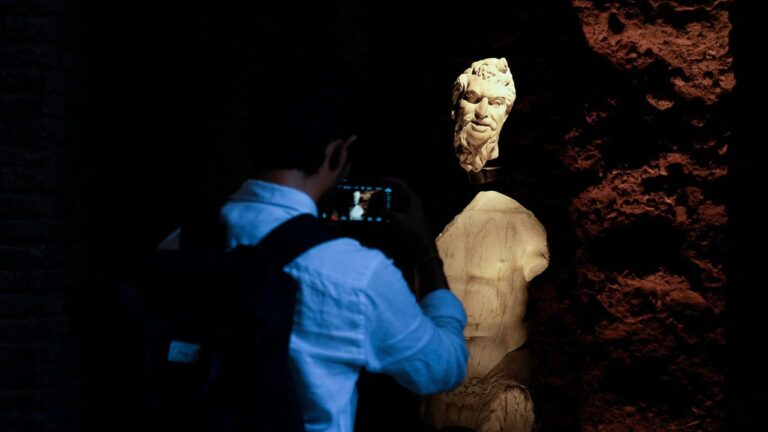Ancient Roman Imperial Palace Reopens to Public After 50-Year Restoration
An ancient Roman imperial palace perched atop Palatine Hill in the heart of the city has welcomed tourists once again, nearly half a century after closing its doors for extensive restoration work.
This historic site, known as Domus Tiberiana, is nearly 2,000 years old and served as the residence for rulers during the Imperial period of ancient Rome. From its vantage point, visitors can take in breathtaking views of the Roman Forum below.
After years of structural rehabilitation to ensure safety, the palace has finally reopened its doors to the public. Remarkable excavations unearthed artifacts spanning centuries of Roman life following the decline of the empire.
The director of the Colosseum Archaeological Park, which oversees Palatine Hill, described the restored palace as “the ultimate power palace.”
A Grand Reopening
On the eve of this long-anticipated reopening, Alfonsina Russo, the official in charge, quoted a first-century Roman poet who once marveled at the palace’s “infinite” nature and compared its grandeur to the vastness of the sky.
Despite being named after Tiberius, the emperor who followed Augustus, archaeological investigations have revealed that the palace’s foundations trace back to the time of Nero, shortly after the devastating fire of 64 A.D. that wreaked havoc on the city.
Following the fall of the Roman Empire, the palace sat abandoned for centuries until the 1500s, when the Farnese noble family transformed its surroundings into an extensive garden.
Unlocking History’s Mysteries
Now, with the palace open to the public once more, visitors can trace the footsteps of ancient emperors and their courts as they made their way to Domus Tiberiana.
The English word “palatial” finds its roots in the opulence of this imperial residence, situated atop Palatine Hill, one of Rome’s seven historic hills.
This domus, constructed on the northwest slope of the hill, is considered the very first true imperial palace. It not only housed the emperor but also featured gardens, places of worship, quarters for the Praetorian Guard protecting the ruler, and a service district for workers overlooking the Roman Forum.
Despite challenges, including the COVID-19 pandemic, archaeologists tirelessly conducted excavation and restoration work, piecing together centuries of history in a place that had somehow faded from memory.
Visitors to the reopened Domus Tiberiana can now marvel at a curated selection of hundreds of discovered artifacts, including items made of metal and glass, statues, decorative pieces, and ancient coins.

